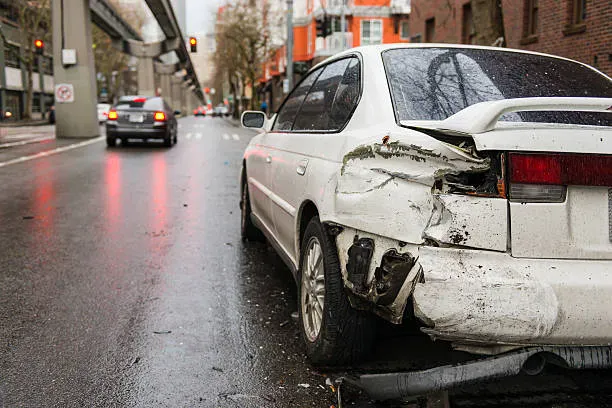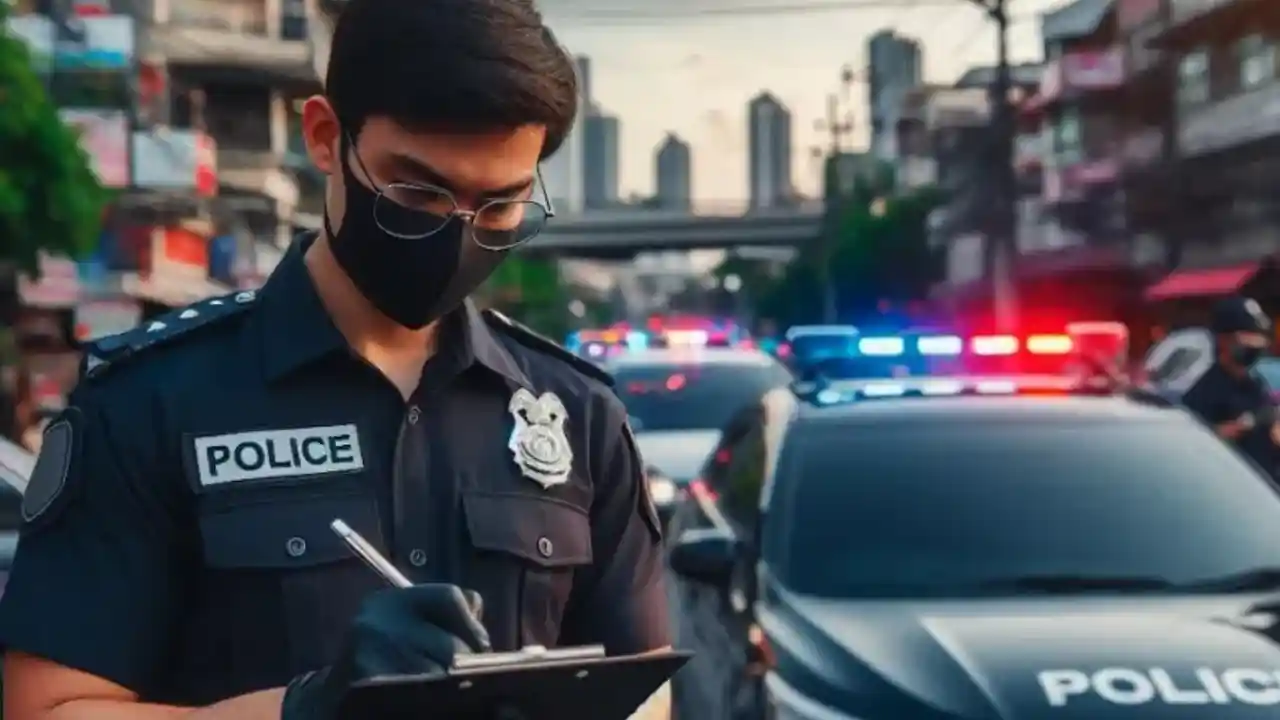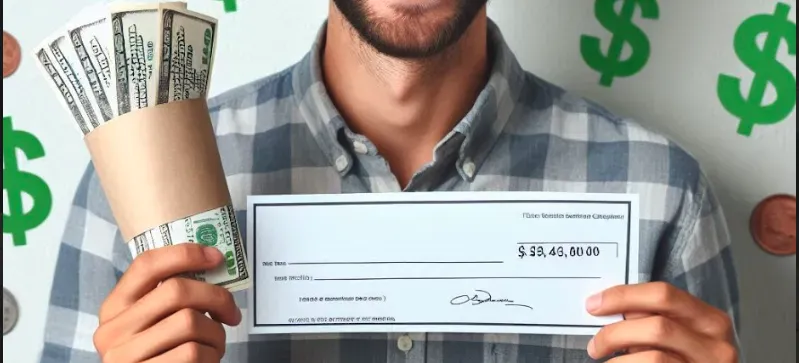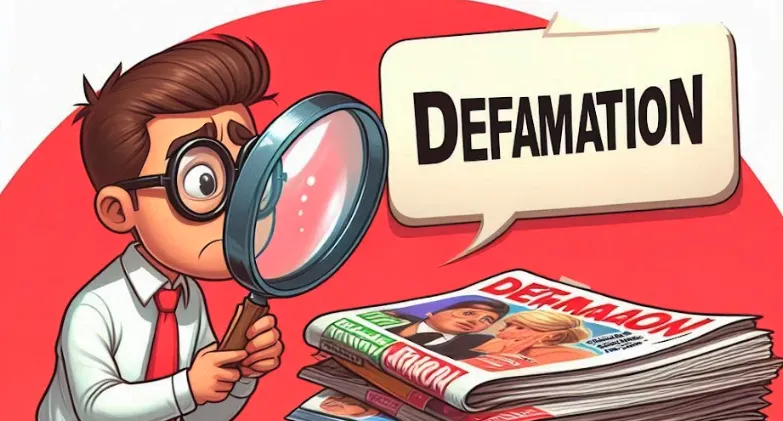How to tackle hit and run cases?
Hit-and-run incidents are serious offences that occur when a driver involved in an accident flees the scene without providing information or giving aid to injured parties. It is a serious problem which causes numerous casualties every year. Its occurrence is quite frequent and it causes damage to property, person or both. Fleeing from the scene makes it difficult, both for the victim and the authorities, to follow the required procedure.
Step 1: If you are involved as the victim in a hit-and-run case, the first thing you should take is to ensure your safety. If the car is severely damaged, it is best to remove yourselves and other people (if any) from the vehicle as it becomes a hazard. The scene of the accident can be safe or unsafe depending on the severity of the accident. It is best to find a safe place away from the vehicle so that further actions can be taken.
Step 2: Then you should take it to check whether you are injured or not. If there are other people in the vehicle, you should check each one for any severe injuries. You should call the police at 100 immediately. If you or the people involved have sustained severe injuries, you should also ask for medical assistance. You should try to remain calm and should not panic if such a situation arises.
Step 3: Until the police arrive at the accident spot, you should try to collect evidence from the locals nearby in the meantime. Try to gather as much information as you can. Look for witnesses, CCTV cameras and other things that could have recorded the incident. Doing this would make the further processes easier.
advertisement
Step 4: Once the police arrive, give a detailed description of the incident. You should file an FIR after the police have investigated the scene.
Step 5: If your vehicle is insured, call the insurance providers and inform them about the incident in great detail. They would handle the insurance claims after a person from the company's side (investigating officer) has verified your credentials and the incident. This would cover the damage that has been done to the vehicle.
After all these steps have been taken, it is the work of the police- to find out the perpetrators, and the insurance company- to claim compensation for the damage that has been done. If you feel the need, you could hire a lawyer for legal advice and assistance.
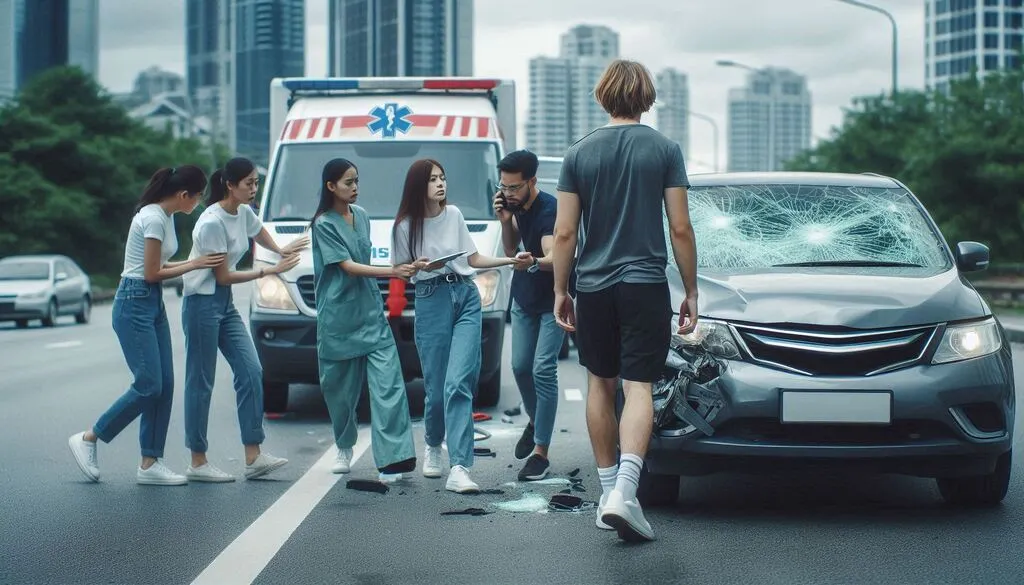
Three situations can occur during a hit-and-run case:
First, where there is damage to property, i.e. the motor vehicle and other property involved.
In this scenario, no one is hurt. This would be reported under section 279 and section 336 of the Indian Penal Code (IPC) for rash driving and endangering the life and safety of others.
advertisement
Second, if someone is injured in the accident apart from the damage to the vehicle.
Here, section 337 of IPC would apply if the injuries sustained are not of serious manner, or section 338 would apply if the injury is severe (for example- fracture). The wrongdoer would also be charged for not following section 134 of the Motor Vehicles (Amendment) Act, 2019, which states that the driver has to seek medical help and assist the police by giving all necessary information.
Third, where there is damage to both the person and property:
Here, sections 279, 336, 337 or 338 of IPC according to the injury, would apply. If the accident has caused the death of the driver or any other person involved in the incident, then section 304A of IPC would be applied. This section has now been replaced by section 106 of the Bhartiya Nyaya Sanhita (BNS). Section 106 (2) of BNS is applied when the driver has fled the scene after causing the death of a person.
The police would press charges with reference to their investigation of the scene and after verifying all the necessary details.
advertisement
You can seek compensation in case of grievous hurt or death of a person in a motor accident under Section 161 of the Motor Vehicle (Amendment) Act, 2019. This compensation is provided by the Central Government.
Being aware of these situations makes the processes flow more easily. If you are aware of the actions that should be taken in these situations, society becomes a bit safer. Public awareness of these situations reduces the casualties to a great extent.
Tackling a hit-and-run case requires persistence. While these incidents can be frustrating and challenging, taking the right steps immediately after the event and throughout the investigation process can significantly improve your chances of resolution. You should prioritise your safety and well-being, gather as much information as possible, and don't hesitate to seek professional help when needed.
By understanding your rights and the legal process, you can navigate this difficult situation more effectively and work towards finding justice and fair compensation.
advertisement
FAQs:
1. What are the challenges in prosecuting hit-and-run cases?
Some challenges include identifying the vehicle and driver, lack of eyewitnesses, poor investigation, and difficulty in proving intention and negligence. Delays in medical treatment for victims also pose a problem.
2. How can hit-and-run incidents be prevented?
Strict application of traffic rules, better road infrastructure, and public awareness campaigns can help prevent hit-and-run cases. Improved emergency systems are also important.
3. What rights do victims have in hit-and-run cases?
Victims or their families can seek compensation from the Motor Accident Claims Tribunal. They can also file a civil suit against the driver and vehicle owner for damages. If the accident results in the death of a person(s), then the family can file a criminal case against the driver.
4. What are Good Samaritans in hit-and-run cases?
Good Samaritans are people who help accident victims and they are protected from legal liability and harassment under the Good Samaritan Guidelines issued by the Supreme Court.
REFERENCES
- Section 279, 336, 337, 338, 304A of the Indian Penal Code
- Section 106 of the Bharatiya Nyay Sanhita
- Section 134 and 161 of the Motor Vehicle (Amendment Act)
- Motor Accidents Claim Tribunal
- Good SamaritAN Guidelines

Written by Anushka Patel
Anushka Patel is a second-year law student at Chanakya National Law University. She is a dedicated student who is passionate about raising public awareness on legal matters
advertisement
Further Reading
advertisement


